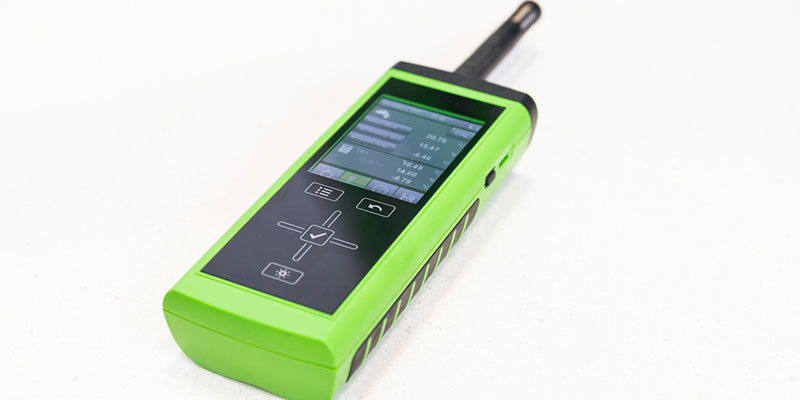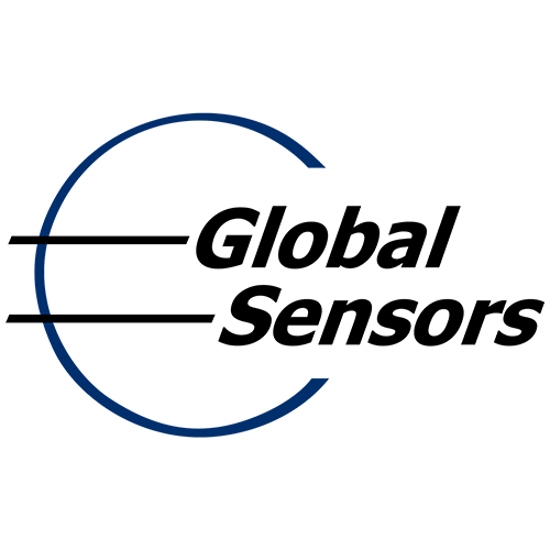If you run a business that uses temperature-sensitive products like vaccines, food, or manufactured goods, you likely understand how important it is to carefully track temperature and humidity levels to make sure temperatures do not drop below or rise above acceptable levels, affecting the safety and quality of your products.

Temperature sensors and monitors are great investments for this and can be very helpful, but only if you keep them calibrated properly. Here is what temperature calibration can do for your temperature monitors and sensors:
- Ensure accurate readings: Over time, your temperature monitors and sensors may face various exposures, mechanical stress, or just regular aging. This can affect their ability to provide accurate readings. When you have a product like vaccines that will be unsafe with even a half a degree of temperature change, you can’t afford for those temperature readings to be even slightly off. You can avoid inaccurate readings by scheduling regular temperature calibrations.
- Prevent safety concerns or defects: Temperature calibration for your temperature monitors and sensors can also lead to more efficient production time by preventing safety concerns and reducing the risk of defects in manufacturing. The calibration will allow your monitor to better track the temperatures in the room to ensure your products were stored at a safe temperature the entire time or didn’t fluctuate in temperature to affect the manufacturing and setting of materials.
- Get the most from your sensors: Temperature calibration can also allow you to get the most out of your temperature monitors and sensors. Especially if you remember to recalibrate your sensors regularly, you can enjoy their accurate readings and other capabilities for much longer.
Give us a call at Global Sensors if you would like to learn more.


